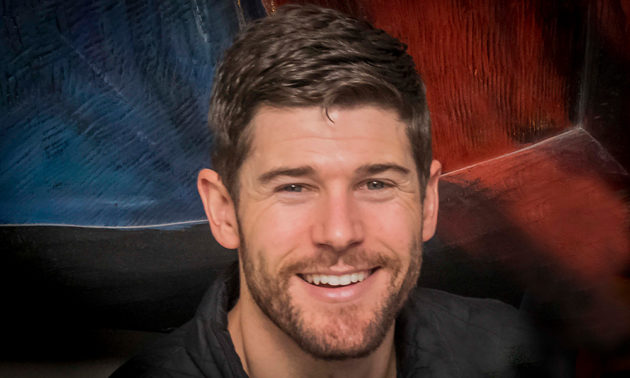David Turnbull, a scientist at the University of Rochester’s Laboratory for Laser Energetics (LLE), has been selected as a recipient of the 2020 Excellence in Fusion Engineering Award from Fusion Power Associates.

Turnbull, a member of the Plasma and Ultrafast Physics Group at LLE, is being recognized for his contributions and experiments involving plasma photonics and laser-plasma instability research, and for his leadership abilities.
Fusion Associates is a nonprofit research and educational foundation that provides information on the status of fusion development and other applications of plasma science and fusion research.
The Excellence in Fusion Engineering Awards have been given annually since 1987, in memory of MIT Professor David Rose, to recognize persons relatively early in their careers who have shown both technical accomplishment and potential to become exceptionally influential leaders in the fusion field.
The board especially noted Turnbull’s “large number of high-impact publications, reflecting both theoretical and experimental skills.” They have led to “significant advances in fundamental understanding and important applications,” and reflect “your demonstrated leadership in applying your results to laser facilities” such as the Omega at LLE and the National Ignition Facility at Lawrence Livermore National Laboratory in California.
Last year, for example, Turnbull was lead author of a Nature Physics paper describing the interaction of laser beams with the plasma that forms during inertial confinement fusion experiments. Laser-driven experiments require that many laser beams propagate through the plasma—a hot soup of free moving electrons and ions—to deposit their radiation energy precisely at their intended target. But, as the beams do so, they interact with the plasma in ways that can complicate the intended result.
While researchers have offered theories about the ways in which laser beams alter a plasma, none has ever before been demonstrated experimentally.
Turnbull, working with researchers at the LLE, along with their colleagues at Lawrence Livermore and the Centre National de la Recherche Scientifique in France, directly demonstrated for the first time how laser beams modify the conditions of the underlying plasma, in turn affecting the transfer of energy in fusion experiments. Read more here.
Turnbull joined LLE in 2016. Before that, he was an experimental scientist at Lawrence Livermore, where he also served as a postdoctoral researcher after earning his PhD at Princeton University in 2013. At Princeton his research focused primarily on the development of plasma-based laser amplifiers.


